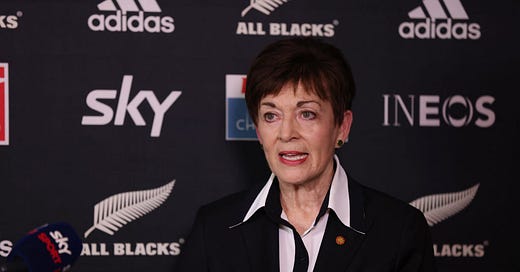A more laborious than usual Friday newsletter due to sudden and frustrating loss of the ‘g’, ‘h’ and “ ” keys.
Rugby season hasn’t even started in earnest and it feels like 2024 is going to be trawling over much the same boardroom ground as 2023, and 2022…
From Stuff: “NZ Rugby, provinces and players on collision course over …
Keep reading with a 7-day free trial
Subscribe to The Bounce to keep reading this post and get 7 days of free access to the full post archives.




